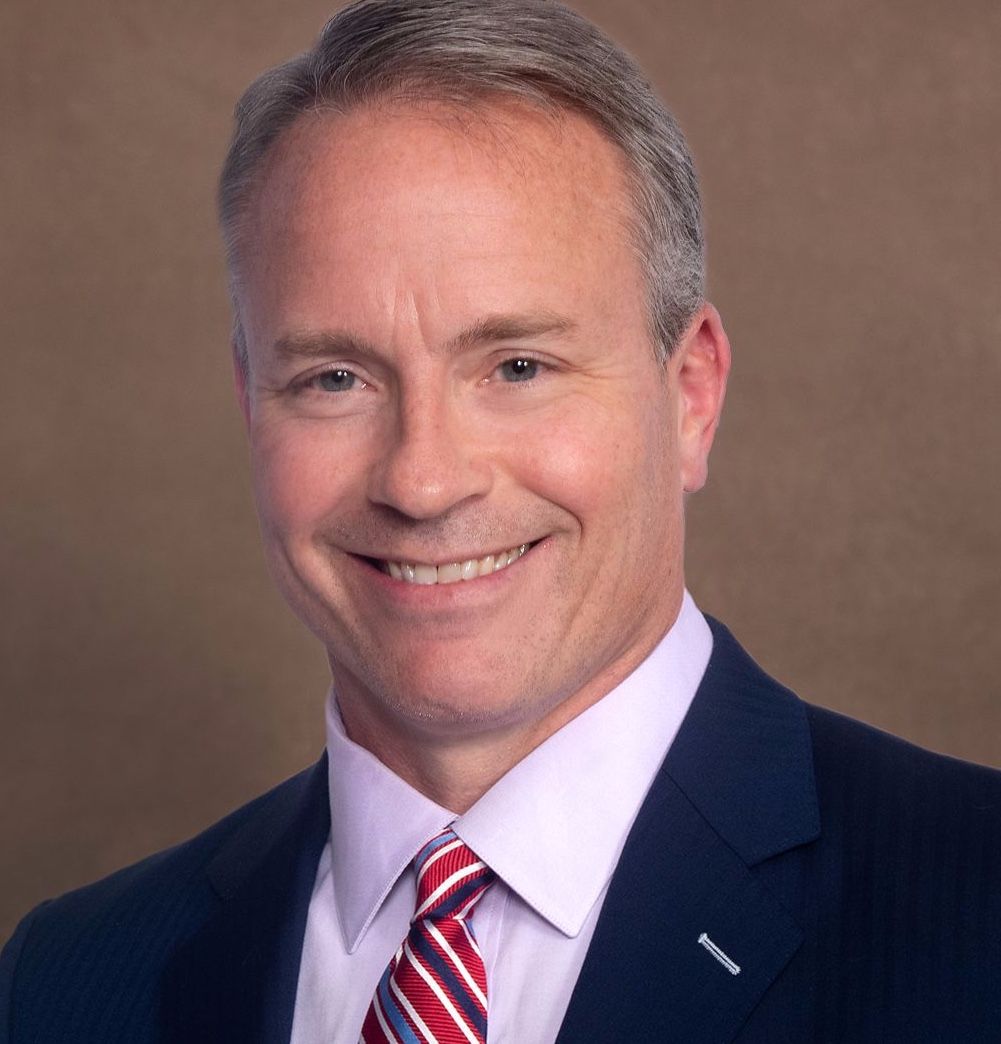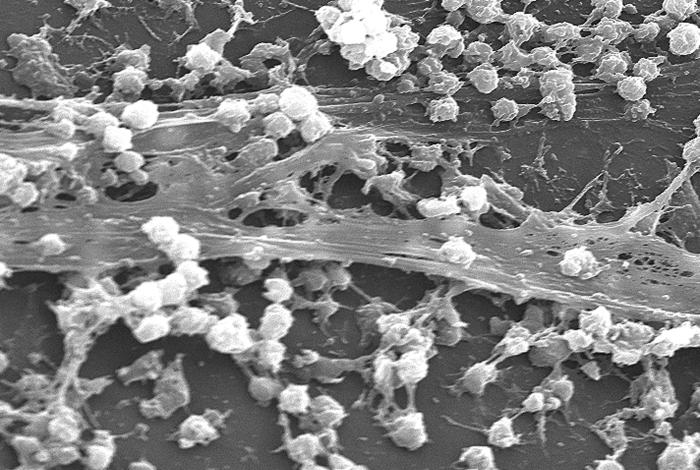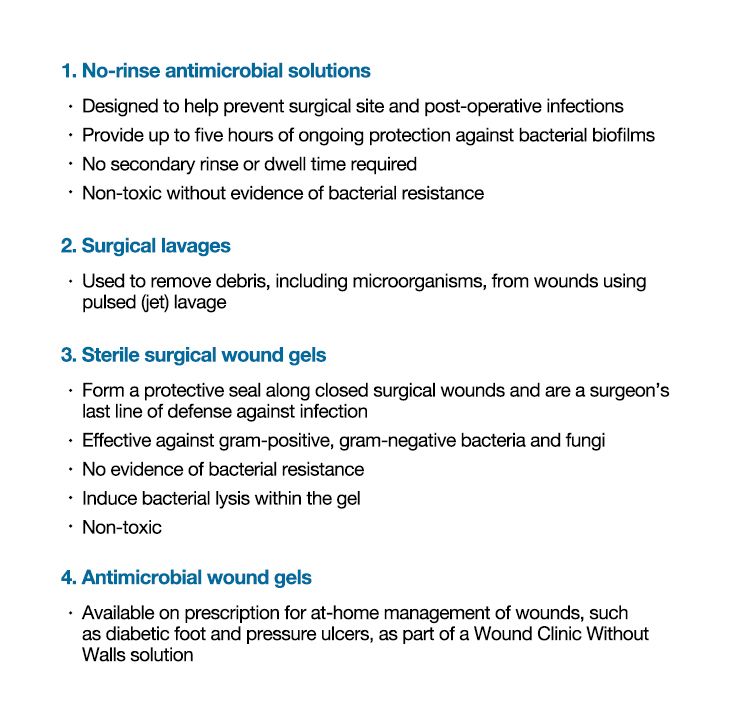Beating Biofilm Is Key to Fighting Surgical Infections
At the intersection of surgery and infection prevention resides a sometimes-neglected opportunity to further minimize infection risk by modernizing choices and innovation.
Health care is at a perilous crossroads. “[D]eaths from drug-resistant infections are set to skyrocket to over 10 million per year worldwide and could cost the global economy as much as $100 trillion by 2050,” a STATISTICA article reports. The same concerning fact is stressed by United States public health officials, who agree that “antimicrobial resistant pathogens (AMR) threaten everyone”.Both reports suggest a grim future of consequences from bacterial resistance, with U.S. officials believing AMR is occurring at a rate of more than 2.8 million antibiotic resistant infections in the U.S. each year, ending in a heavy economic price and over 35,000 deaths annually. The Centers for Disease Control and Prevention (CDC) believes “no one can completely avoid the risk of resistant infections, with some people at greater risk than others.” Eye-opening research suggests at least 80% of these infections are biofilm related, possibly more.
Matthew Regulski, DPM

Changing one’s practice when looking at these facts is not being an alarmist; it is being real. The number of resistant infections is heading in the wrong direction despite the best-practice efforts of health care providers including surgeons and surgical staff. Something continues to be a nidus of infection. As one 2018 article suggests, “Surgery creates most hospital infections, injuries, accidents, invalidity and death in the global healthcare system. The number of surgically treated patients per year is high and increasing.” When a surgeon has an established surgical infection management protocol with consistently low surgical site infection (SSI) events, and sees a technically inexplicable SSI increase, it raises a red flag.Currently, up to 60% of SSIs are considered preventable.
Recognizing that any surgery exposes a patient to the potential of an SSI, many times from their own skin, some surgeries carry a higher risk. SSI rates vary by surgery and circumstance, but rates of 2-5% after surgery are reported. While foot and ankle surgical procedures are more predisposed to SSI in comparison to other orthopedic surgical sites, there is hard evidence that, even after proper surgical aseptic technique of the intended surgical site, a significant number of bacteria can still be found.
Patient Management
Surgeons are acutely aware of the direct and indirect effects that therapeutic interventions in the perioperative continuum—from the timing of preoperative and operative antibiotics to the maintenance of patient hydration, the influence of anesthesia, and mechanical interventions such as operating suite temperature—have on the collective response of the patient to surgery. The refinement of patient safety and surgical care pathways have advanced as comprehensive enhanced recovery after surgery (ERAS) steps that combine to produce a reduction in medical errors and wrong-site surgery. Enhanced knowledge of patient management represents positive and continuous improvement of the clinical course for patient surgery.
According to the American Association of Nurse Anesthetists (AANA), the development of ERAS pathways (whether formalized in protocol or informally as surgeon preference) has coalesced the surgical team toward “patient-centered, evidence-based, multidisciplinary team developed pathways” that have successfully helped to reduce the patient’s surgical stress response, optimize their physiologic function, and facilitate recovery.The surgical team’s examination of antibiotic prophylaxis before and during surgery has also reduced SSI rates; however, pathways, like research, are dynamic and still evolving.
Unbelievably, the incidence of SSI in the U.S. per year is in the millions, with rates creeping up despite industry wide observance of best practice. Today, potential gaps in effective biofilm avoidance are becoming more evident. Despite progressive and continuous improvements in surgical techniques and perioperative care pathways, there is one ubiquitous threat to almost every successful surgery that has eluded ERAS protocols and remains associated with SSIs.
Beware of Biofilm
That culprit is biofilm.
With this new awareness of the relationship between SSI and biofilm, increased focus has been on methods to prevent SSIs from biofilm. Surgical infection control standards have been the subject of experimentation, trial and error for over 20 years but have not focused on biofilm which is a known contributor to AMR. Previous thoughts surrounding biofilm were categorized in terms of total pathogen numbers—a few pathogens were not as concerning as pathogens considered to have reached a “critical colonization” level. Measured in recognizable terms as a culturable colony-forming unit (CFU), these familiar tests needed to reach a CFU of 106 or more, before antibiotic or antimicrobial treatment was considered a rational option.
Unfortunately, standard culture tests only measure free-floating non-biofilm protected pathogens and are unable to adequately identify bacteria that are working together within a biofilm and can lead to an SSI. With the advancement confocal microscopy came the realization that biofilm was more than “super bugs” and was a complex structure of fortified polymers held together with connecting metallic bonds sequestered from the host. Newly developed visualization allowed scientists to identify biofilm in diverse disease processes and unexpected locations. Biofilm identified as morning plaque on teeth was only the beginning.
The sticky-looking substance woven between the round cocci bacteria, which was composed of polysaccharides, is biofilm. This biofilm protects bacteria—in this case Staphylococcus aureus—from attacks by antimicrobial agents such as antibiotics.
Source: Centers for Disease Control and Prevention

Biofilm was found to inhabit the lungs of patients with cystic fibrosis, nasal passages and sinus cavities causing chronic sinusitis, and chronic otitis media to name a few. Now biofilm is recognized to be the basis of infected surgically implanted medical devices, surgical equipment and the skin of many patients going to surgery. And, while sterilizing medical products and devices will always remain essential to safe patient care and staff welfare, pathogens still lurk out of reach for products that do not primarily target the biofilm structure.
Until recently, modern, science-based wound-care solutions that target and destroy biofilm, have eluded the surgical space. Surgeons desperate for a means to stem the tide of SSIs have tried different combinations of washes, irrigations, and incision management that seemed to curb the infection rates, only to find that many agents cause toxicity to new tissue, and when used in high volumes can cause host problems.
The tradeoff between a product’s toxic potential and the development of a catastrophic SSI is no surprise to surgeons who continually explore the possibility of improvement in surgical infections. Historically, the burden of infection prevention has fallen to hospitals and health care settings through use of standardized approaches from surgeons and hospital staff (including hand washing) to the adoption of less invasive surgical techniques. Knowing about biofilm and pinpointing a solution to biofilm has not been easy, until now.
An optimal way of eliminating surgical pathogens is now easier than ever before. Choosing preemptively to treat biofilm, the cause of over 80% of infections, can now be a component of every surgical intervention.
Interventions
Biofilm requires a biofilm-specific approach in prevention and treatment. Because biofilm is associated with increasing rates of late onset, recurring, unresponsive, and inexplicable infections (including SSIs), targeted antibiofilm therapy has become a best practice to be considered as part of surgical and wound treatment strategies. Biofilm-specific intervention is the next logical addition in the early surgical care continuum for prevention of biofilm-related superficial and surgical site infections. Although change is not easy in the medical profession, understanding that best practice of biofilm prevention and treatment is rapidly evolving has become an absolute of daily practice.
The most sophisticated biofilm-disruption solutions work by removing the metal ions that hold together a biofilm’s extracellular polymeric substance, or EPS. That allows the polymers to separate and return to individual polymers unable to be reconstructed into an EPS. The bacteria located within the biofilm is then exposed, making them more vulnerable to destruction and the body’s natural immune defenses. The process also then helps reduce the rate of biofilm recurrence by more than 100 times.
Less recurrence means better patient outcomes and lower treatment costs. Examining surgical site infections, for example, patients with SSIs are twice as likely to die compared with other surgical patients, and patients with SSIs are five times more likely to be readmitted, which leads to nearly one million additional inpatient days with an average increase in length of stay of 9.7 days. Biofilm-disruption technologies are now available in various types of surgical and post-surgical products including:

Is it time to change how we practice? Without a doubt, a new era in biofilm mitigation has arrived. As health care shifts toward less time in the hospital and more outpatient procedures to avoid exposure to infection causing microbes, the responsibility of SSI prevention requires surgeons to consider scientifically proven adjuncts to their surgical routines. At the intersection of surgery and infection prevention resides a sometimes-neglected opportunity to further minimize infection risk by modernizing choices and innovation. With growing antimicrobial resistance, treating biofilm with products that do not promote resistance, and that have been proven safe for patients, has become an essential instead of an option. Knowing that there were patients that developed infections despite all of real-world best-practice efforts has concerned every surgeon since surgery began. As innovation and science has improved, so has the surgeon’s ability to provide best-practice care to trusting patients. With the latest innovations in antibiofilm preventions and treatments available now, as a surgeon, “I’m all in.”
How to prepare to create a safe space after surgery can be found here.
Matthew Regulski is a doctor of podiatric medicine (DPM), currently serving as medical director of the Wound Care Institute of Ocean County, New Jersey. He is also a surgeon consultant for Next Science, a medical technology company whose proprietary XBIO Technology powers a range of medical devices to reduce the impact of biofilm-based infections in human health.